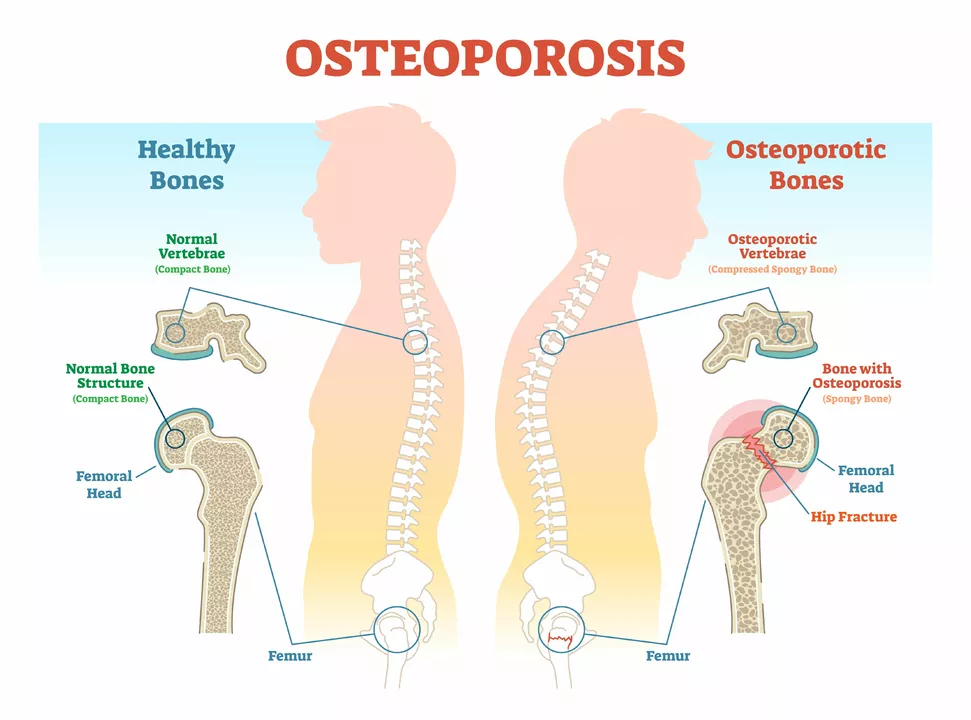Connection: How to link safe pharmacies, real medication info, and your doctor
Feeling lost when buying meds online or checking treatment options? This page helps you make smart connections between three things that matter: reputable pharmacies, accurate drug information, and your healthcare provider. Use these practical steps so you avoid scams, bad advice, and wasted money.
First, know what a trustworthy online pharmacy looks like. Legit sites show a real business address, require a prescription for prescription drugs, and list a licensed pharmacist you can contact. Look for clear shipping rules, a privacy policy, and secure checkout (https and a padlock). If a site sells prescription-only medicine without asking for a prescription, consider that a red flag.
Quick checks before you buy
Check the pharmacy’s reviews on independent sites, not only the testimonials on their page. Search the site name with words like "scam," "review," or "license." Verify the pharmacy with your country’s regulator—many countries publish approved online pharmacies. Compare prices across a few trusted sites; prices that are drastically lower often mean counterfeit or unsafe products.
Know the exact medication name and dose before ordering. Learn the generic name—simvastatin for Zocor, for example—so you can compare options. Read the product description for active ingredients, dosage, and expiration date. If you see vague labels like "herbal alternative" for a prescription drug, stop and ask questions.
Connect symptoms and info without guessing
When you’re researching a condition, use reputable medical sources—national health services, academic hospitals, and peer-reviewed summaries. If an article suggests an alternative treatment, check whether it cites clinical trials or guidance from health bodies. For chronic issues or confusing symptoms, message your doctor before trying a new drug or supplement. Telehealth visits are a quick way to confirm if a medication fits your history and other medicines you take.
Keep your records. Save receipts, order numbers, and any pharmacy messages. Note when you start a new medicine and what side effects you notice. That makes it easier to report problems to your prescriber and to the pharmacy if something goes wrong.
One simple checklist before you place an order: confirm the drug's exact spelling and dose, make sure the pharmacy asks for ID or prescription when required, check expected delivery time, verify customer service hours and contact method, and compare return or refund policies. Keep a photo of the packaging once it arrives and check batch numbers against the manufacturer’s site if you suspect a fake. If anything feels off, call your doctor or local pharmacist before taking the medicine. Also report them to your provider.
Privacy matters. Read privacy and data protection pages on pharmacy sites to see how they store your information. Use a secure email and avoid public Wi‑Fi when entering payment or medical details.
Final tip: trust your instincts. If a deal sounds too good, a site seems sloppy, or the staff won’t answer basic questions, walk away. Connecting the right sources—licensed pharmacies, reliable medical info, and your doctor—keeps your treatment safe, legal, and effective.


